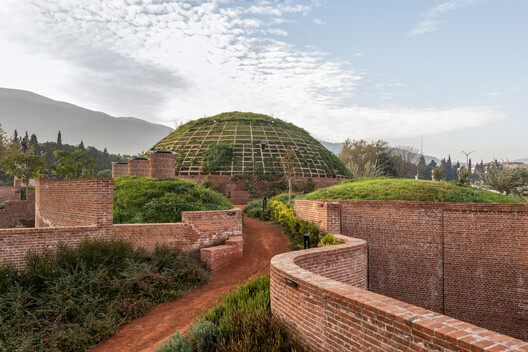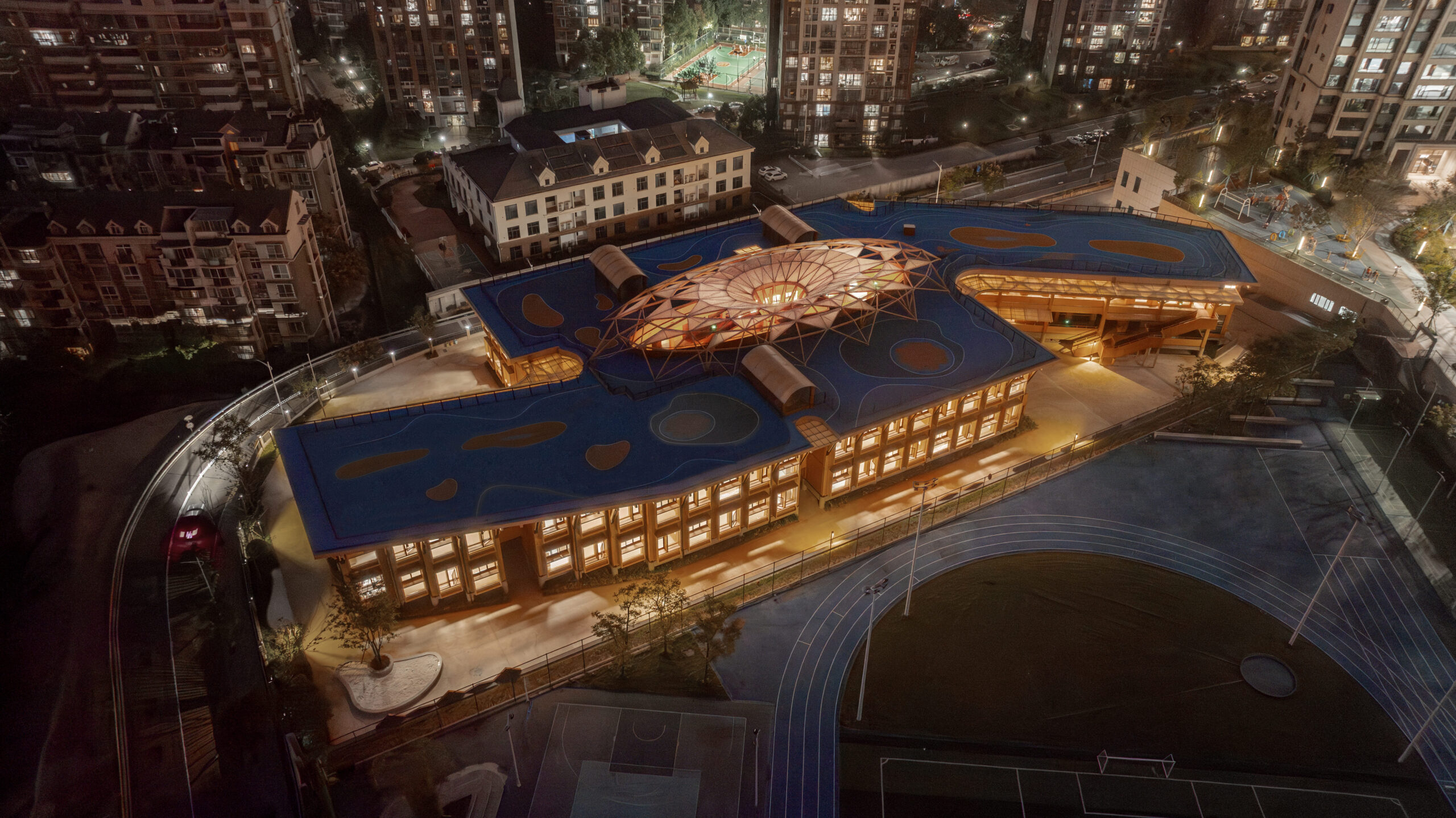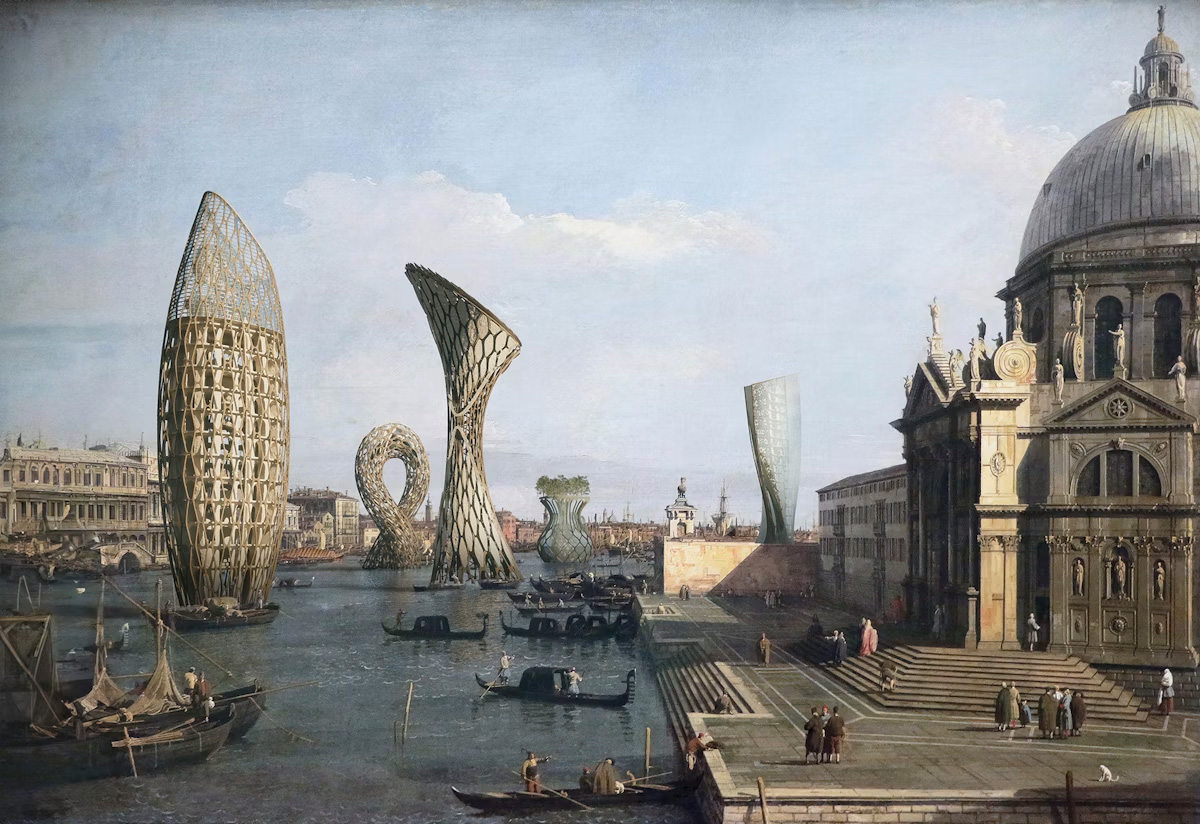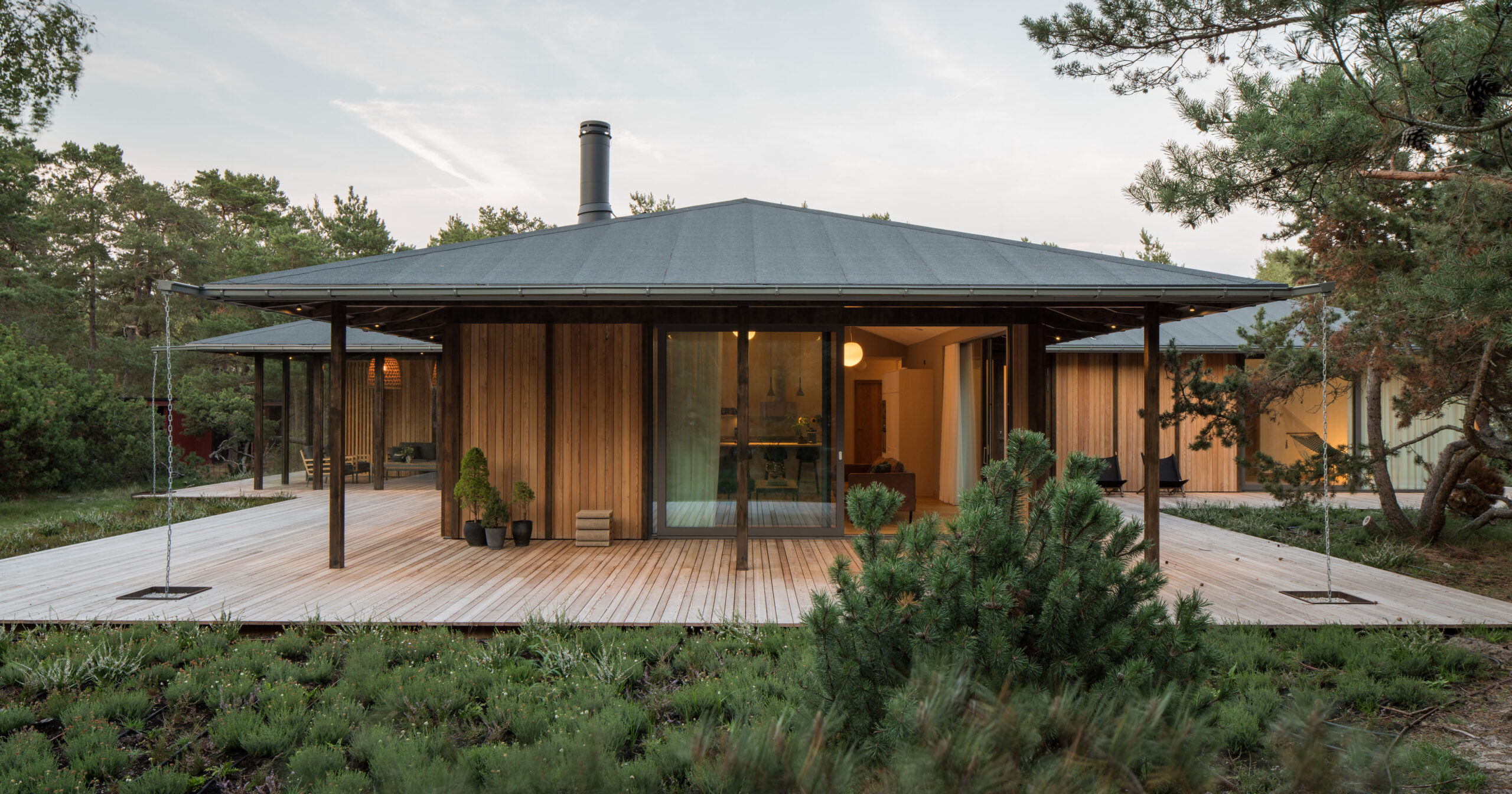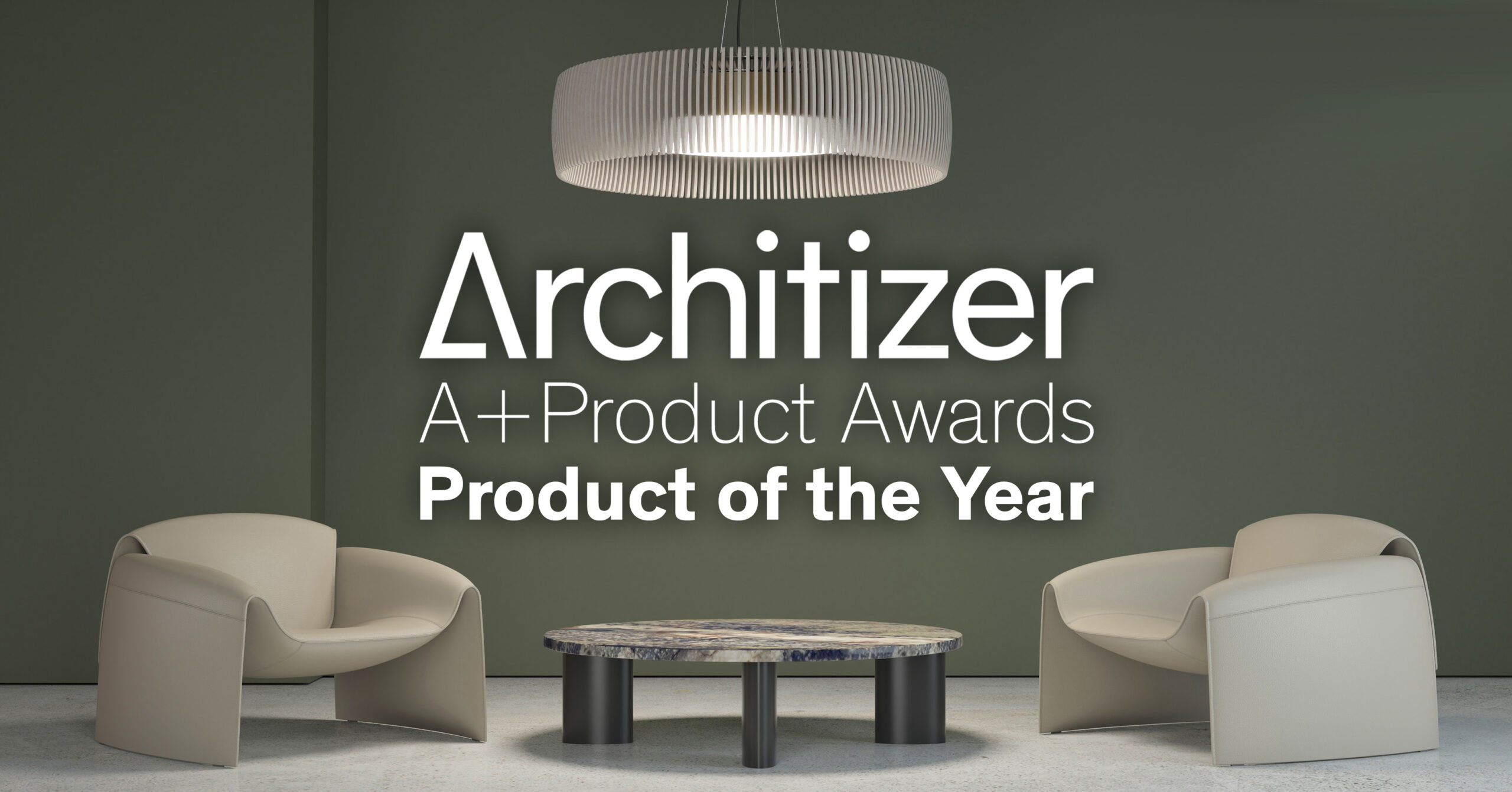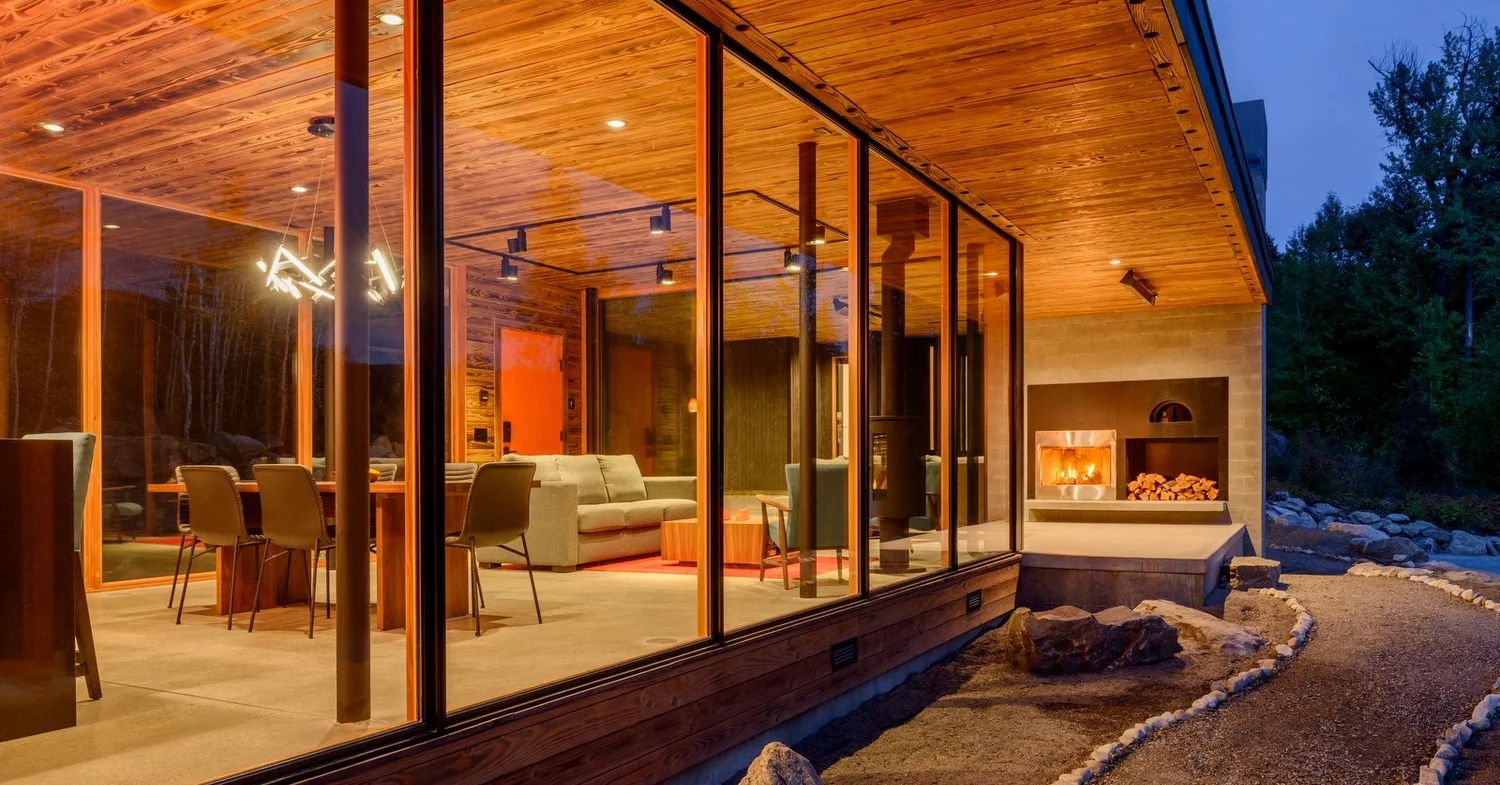Utopia, Now in Beta: Techno-Optimism and the Future as a Design Problem
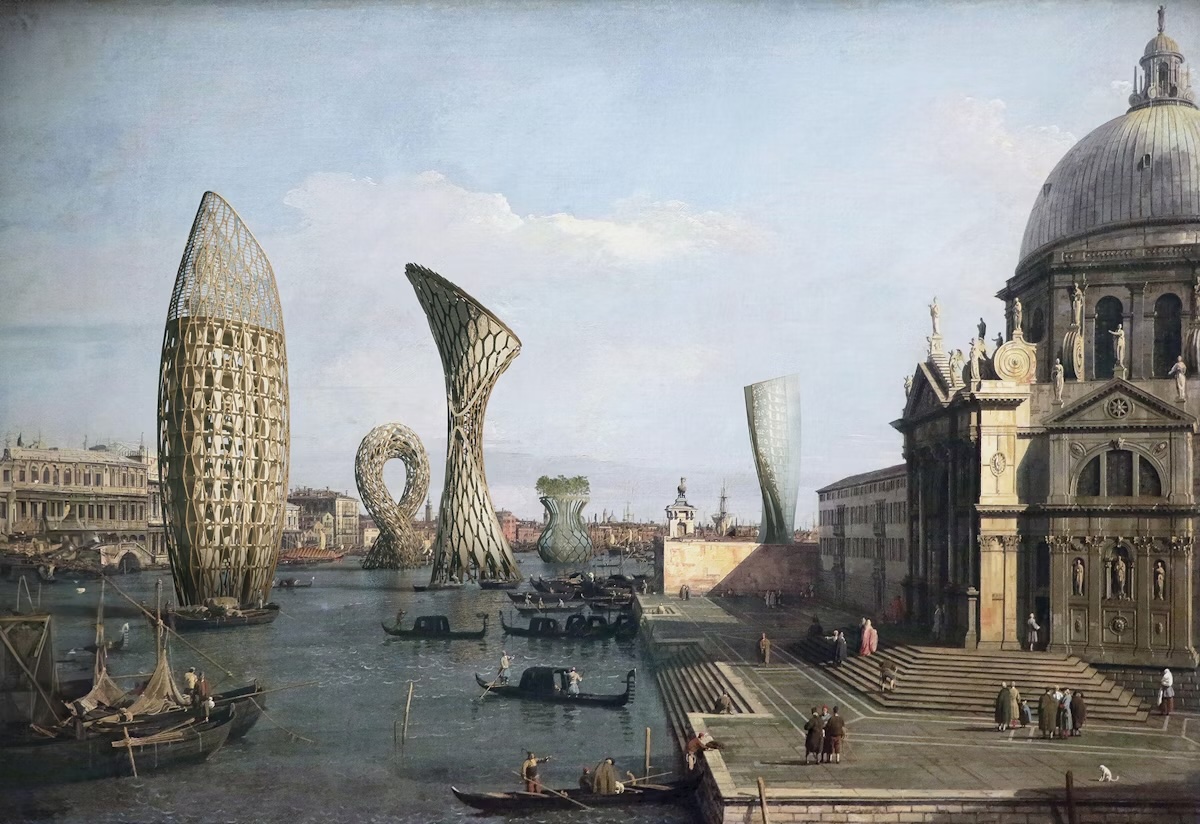
The votes for the 2025 Vision Awards have been counted! Discover this year's cohort of top architectural representations and sign up for the program newsletter for future updates.
In recent years, architectural imagination has increasingly turned toward the future, not just as a point in time, but as a field in which new worlds can be tested.
Speculative urban proposals, visionary masterplans and cool visualizations promise optimism: a sense that technology and design can fix what is broken and protect what is to come.
So, techno-optimism, as venture capitalist Marc Andreessen defines it (who also coined the term in 2023), is basically the belief that technology will enhance our lives and address our most significant problems. Contrarily, future-proofing builds on this idea within architecture, implying that the spaces we design today can withstand the shocks of tomorrow.
Together, these ideas promise resilience, flexibility and innovation but raise questions: Are we solving real challenges or creating comforting visions of a better world? Who benefits, and what societal, governance, and natural assumptions do they rely on?
The winners of this year’s Vision Awards propose floating cities, mobile neighborhoods, flexible school buildings, vertical expansions and energy-harvesting ecosystems — these projects highlight the potential of technological imagination and design creativity.
Cities That Float and Move
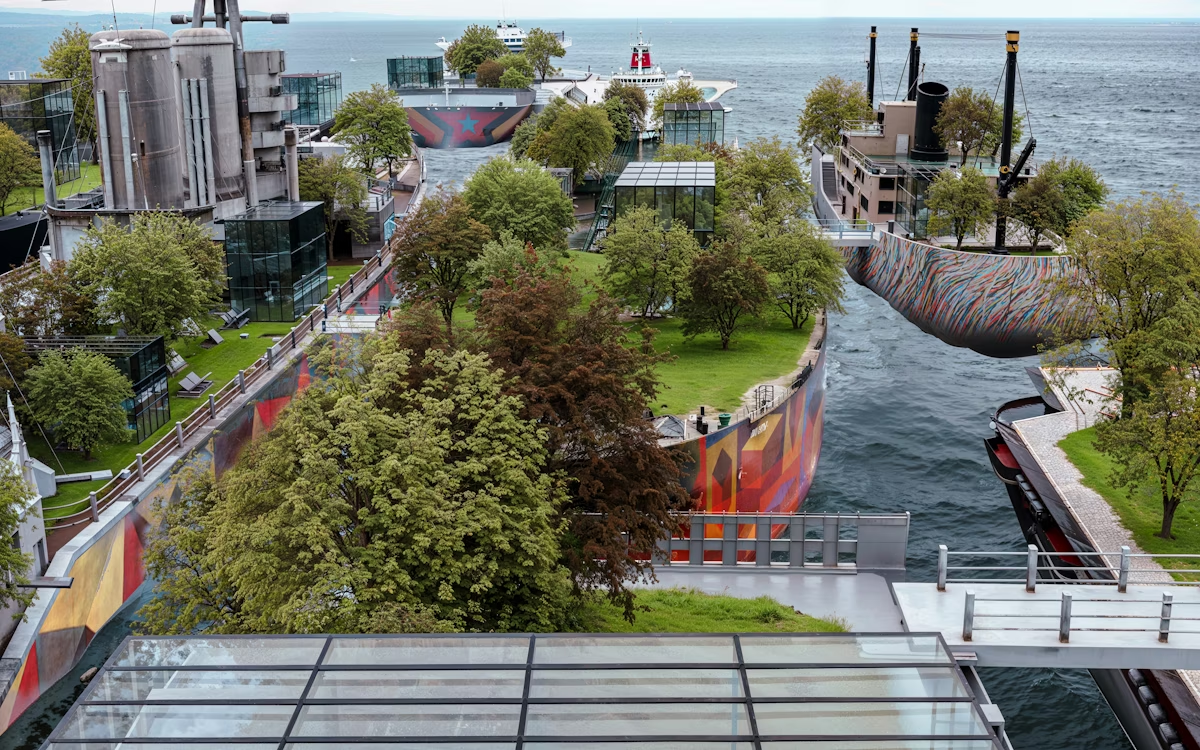
TERRAS MEDITERRANEAS by Studio Andrea Dragoni, Vision for Cities, Editor’s Choice, 13th A+Awards Vision
Some proposals take adaptation to extremes. Studio Andrea Dragoni’s TERRAS MEDITERRANEAS, for example, imagines using decommissioned ships to create a floating neighborhood for Rome. As part of the proposal, the city becomes a literal ship, floating freely in the sea, a poetic vision reminiscent of José Saramago’s The Stone Raft, where the Iberian Peninsula separates from the mainland and sails into the unknown. The project suggests freedom, flexibility and a city responsive to rising seas or crowded land.
Similarly, Jimena Ruiz Sing’s Nomadelle 2080 pictures a post-flood Costa Rica where the city itself is modular and mobile. Units can be reorganized according to social and economic needs, preserving Victorian architecture while rethinking urban form and mobility. The city adapts, moves, and responds to environmental conditions, blending local identity with technological creativity.
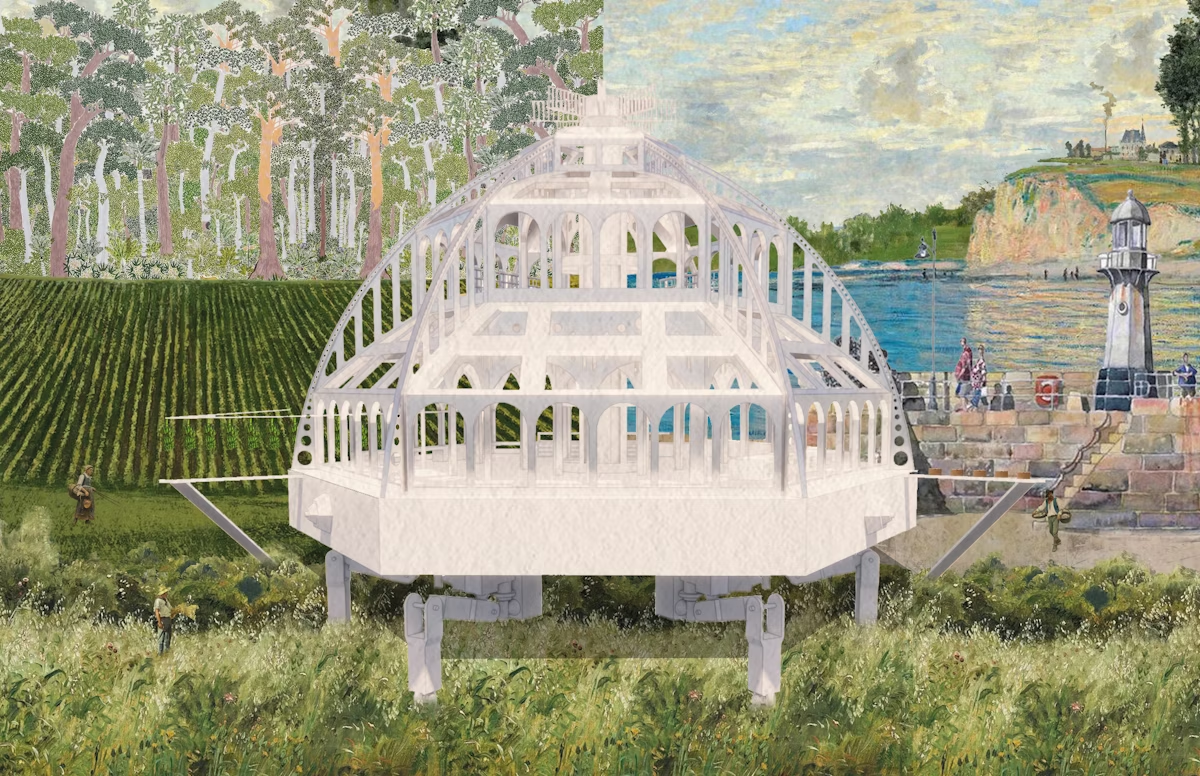
Nomadelle 2080 by Jimena Ruiz Sing, Vision for Transport, Jury Winner, 13th A+Awards Vision
Both projects represent the apparent attraction of techno-optimism: technology and design seem to offer solutions to environmental challenges, presenting adaptability as an almost magical quality of the future city. But they also invite questions: Can mobility alone solve structural problems like inequality, resource scarcity, or governance failures? Are floating or mobile cities real answers, or a way to imagine a future in which technology does the heavy lifting, while human systems and societal structures remain unchanged?
Flexible, Future-Ready Neighborhoods
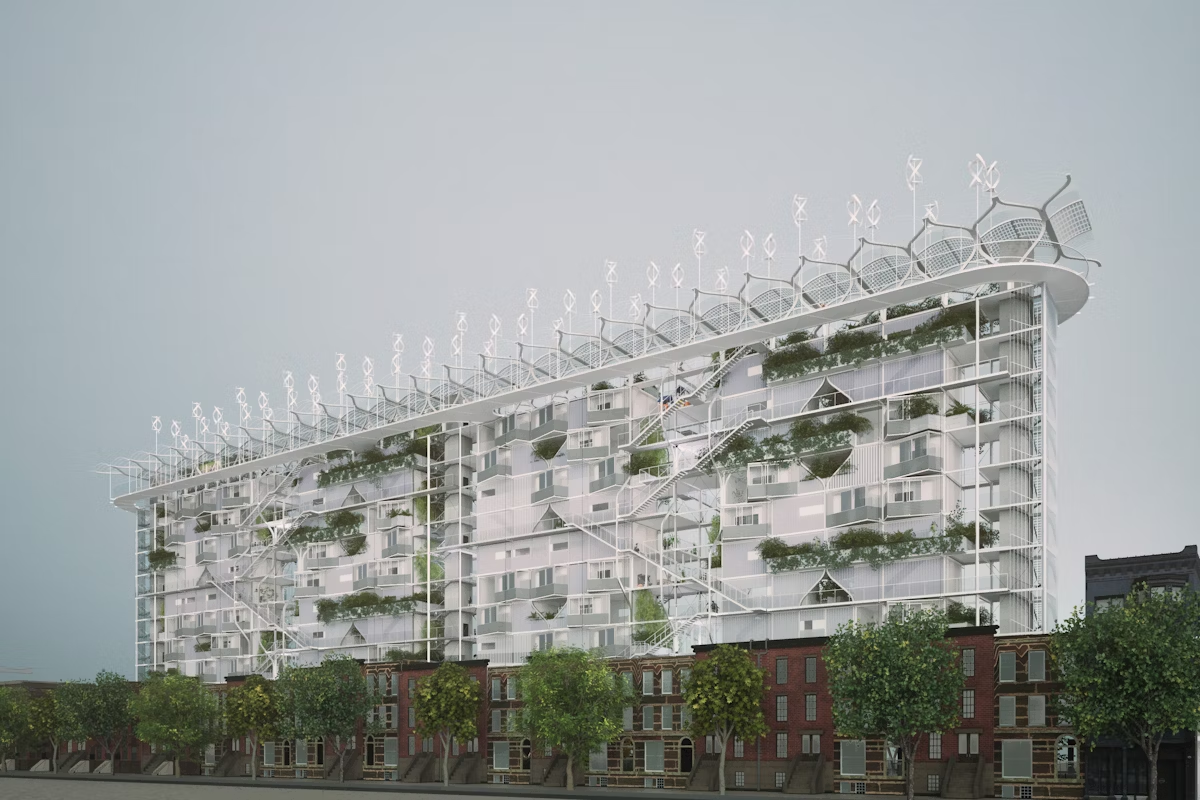
Growing Rowhouses by Ho-gyeum Kim, Vision for Housing, Jury Winner, 13th A+Awards Vision
Not all visions rely on radical movement.
Some explore adaptability within existing urban and social fabrics. Such as Ho-gyeum Kim’s Growing Rowhouses proposes modular, steel-framed vertical additions to the backyards of New York City homes. It densifies neighborhoods without erasing them, creating semi-private terraces and shared courtyards that encourage community interaction.
In a different context, Christensen & Co. Architects and EDIT’s Dansk Mindretalscenter show how future-ready spaces can be rooted in culture and human experience. A school, daycare, and sports hall are arranged around a central courtyard, combining local half-timbered architectural traditions with flexible classrooms, sensory gardens, and sustainable, low-carbon materials. Here, resilience isn’t only technological, as we can see, it’s social, educational, and ecological, offering spaces that can grow alongside their users.
These projects show that future-proofing doesn’t have to be flashy or futuristic — it can be quiet, grounded and human-centered.
Learning from Nature and Machines
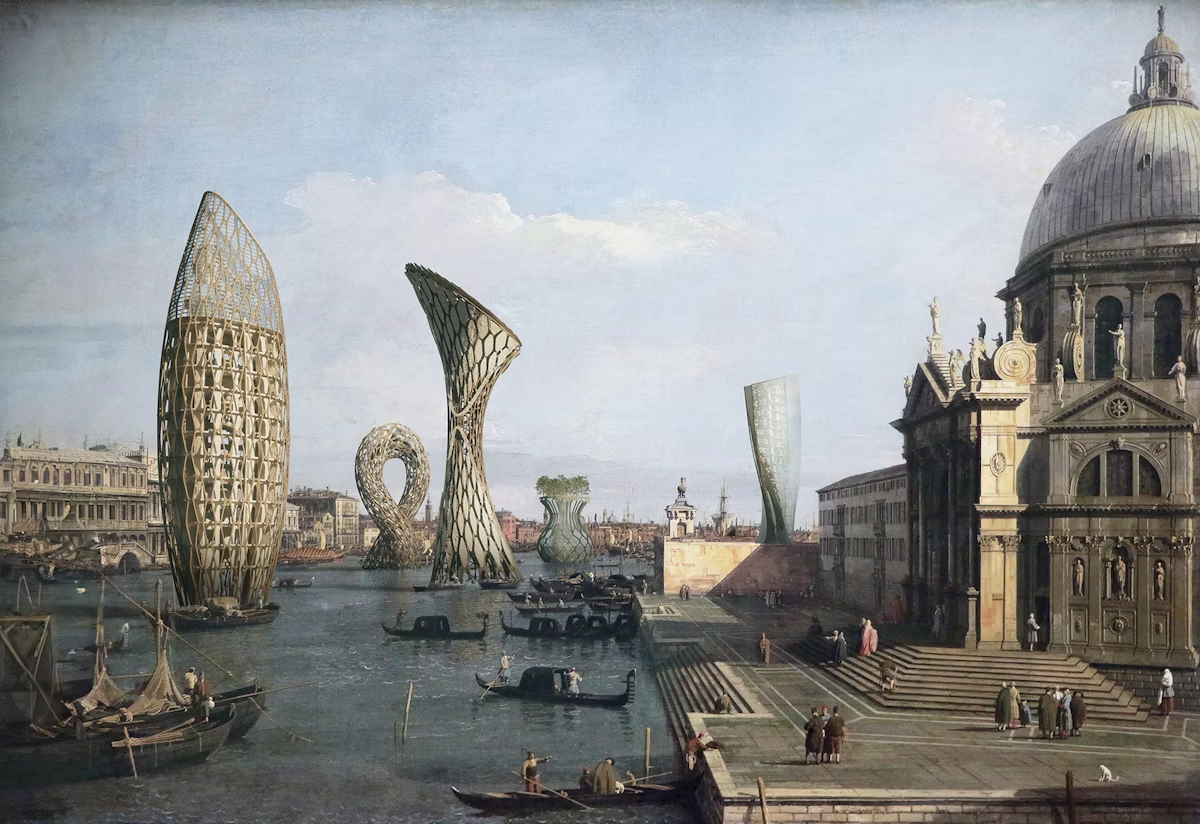
Symplasma by Henriquez Partners Architects, Vision for Sustainability, Editor’s Choice, 13th A+Awards Vision
Henriquez Partners Architects’ Symplasma imagines a network of machines in Venice inspired by ancient Mediterranean glass sea sponges. These devices capture energy from sunlight, wind, water, and gravity, forming a self-sustaining ecosystem.
Technology is presented as almost alive, capable of learning, adapting and supporting urban life in ways that feel organic rather than mechanical. It suggests a future in which cities could function as intelligent ecosystems, minimizing waste, maximizing efficiency, and harmonizing with the natural world, all while referencing Venice’s historical identity through artful placement and narrative.
Yet this vision also raises a central question: Can the future of cities really be secured by machines alone, or must human choices, social structures, governance, and cultural continuity remain at the heart of urban resilience?
The Tension of Techno-Optimism

Dansk Mindretalscenter by Christensen & Co. Architects and EDIT, Vision for Education, Jury Winner, 13th A+Awards Vision
Across these projects — floating cities, modular neighbourhoods, adaptable schools — a pattern emerges: the future could be adaptive, flexible, and hopeful. Techno-optimism imagines a world where design and technology can confront any challenge. And yet, this optimism can be soft, almost comforting. By focusing on technological creativity, it risks confusing the complexities that shape urban life: inequality, governance, environmental degradation, and cultural continuity. It can make resilience feel like a product of architecture and machines alone, rather than an interaction between people and the built environment.
At its core, the challenge is not to reject innovation but to think critically about the assumptions behind it. Floating neighborhoods, mobile modules, flexible schools, modular houses and sponge-inspired machines invite us to think differently about urban life and resilience. But they also leave room for reflection.
Perhaps the most important task of architectural speculation today is not to propose perfect solutions, but to open a space for questioning. To ask what resilience really means, who it serves, and how design can confront the complexities of our cities. So, as a starting point, we can ask ourselves a few questions: can architecture create a future that is both desirable and equitable? Do visions of future-proof cities address the root causes of crises, or do they provide aesthetic or conceptual comfort? How do we balance technological promise with social responsibility and environmental limits?
The votes for the 2025 Vision Awards have been counted! Discover this year's cohort of top architectural representations and sign up for the program newsletter for future updates.
The post Utopia, Now in Beta: Techno-Optimism and the Future as a Design Problem appeared first on Journal.







.jpg)
.jpg)





